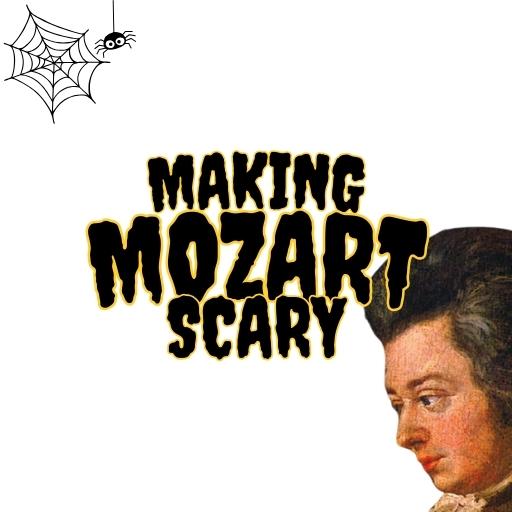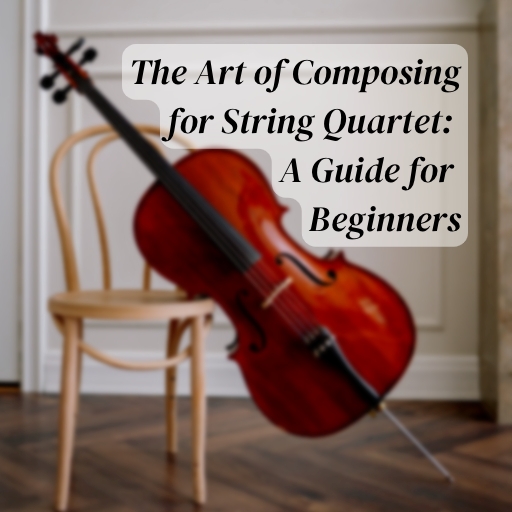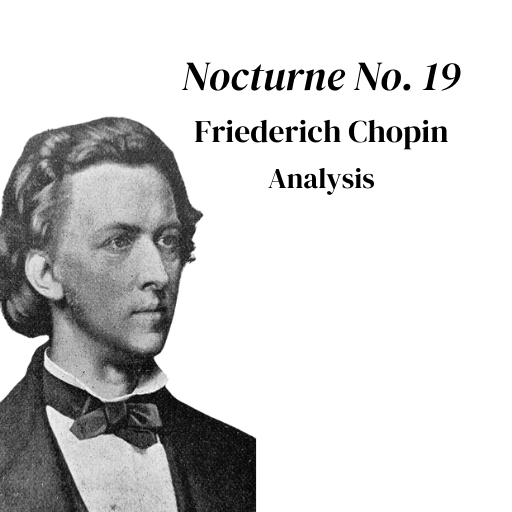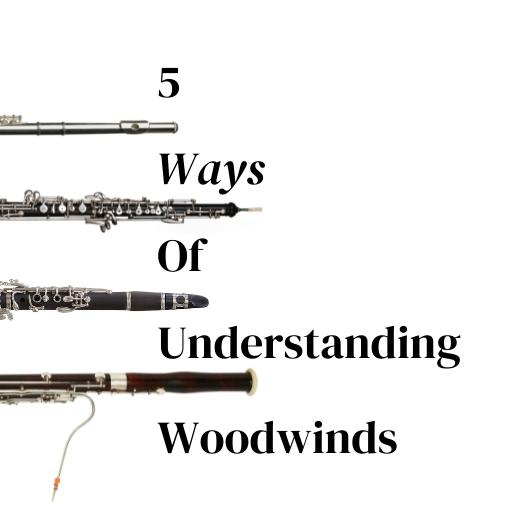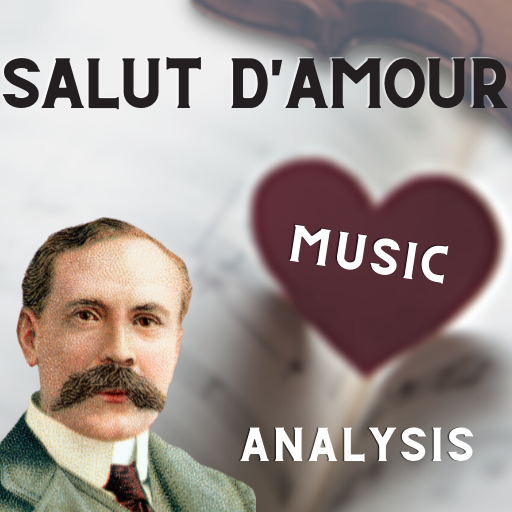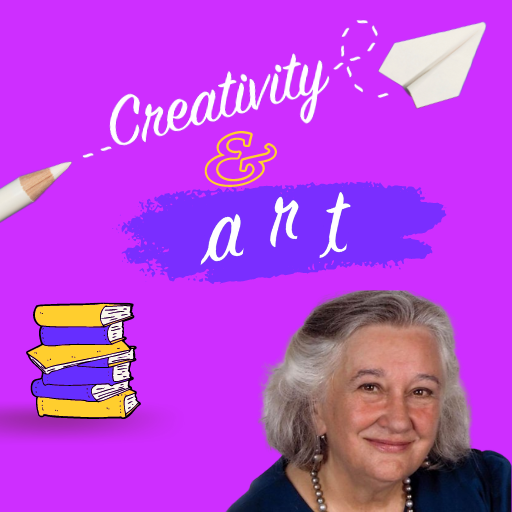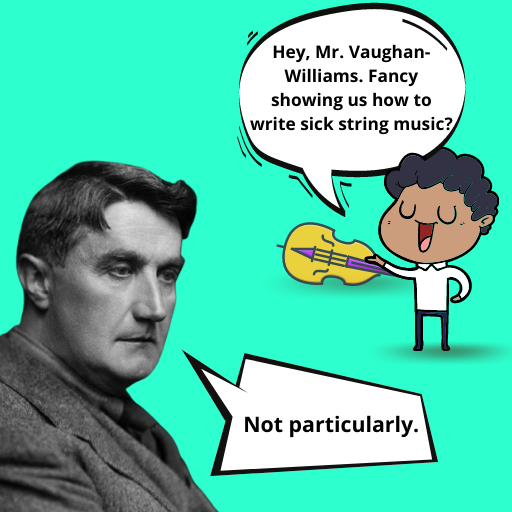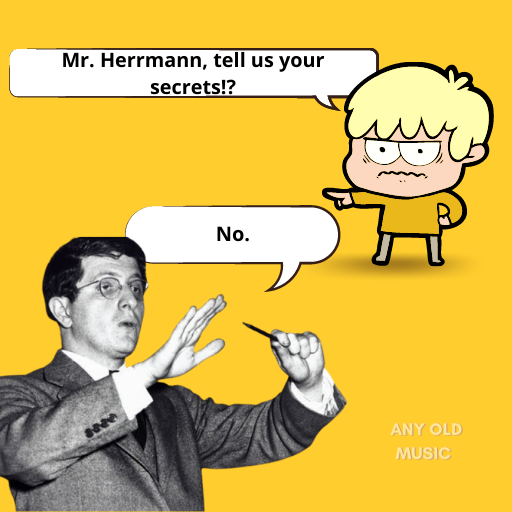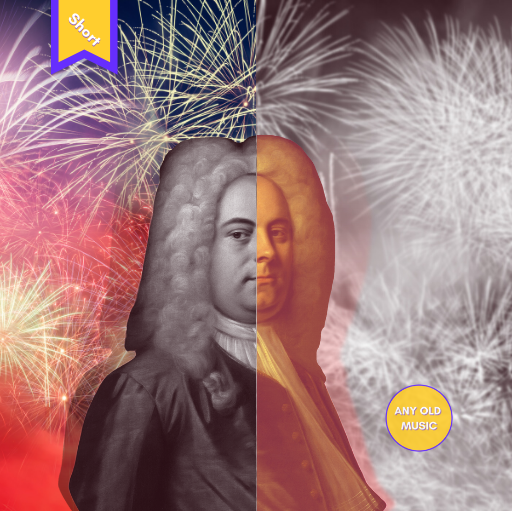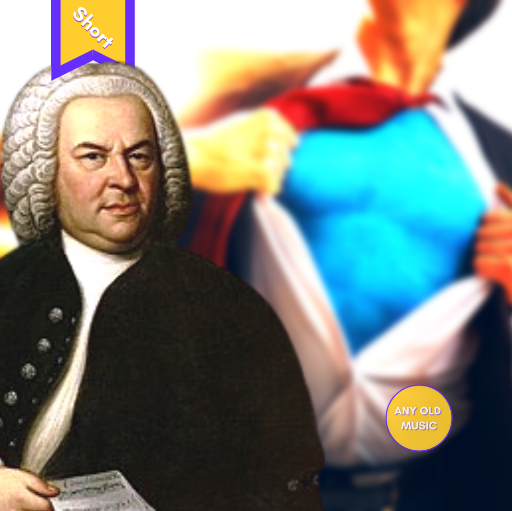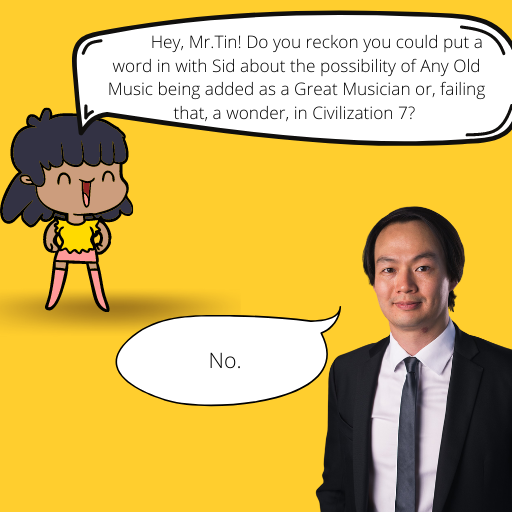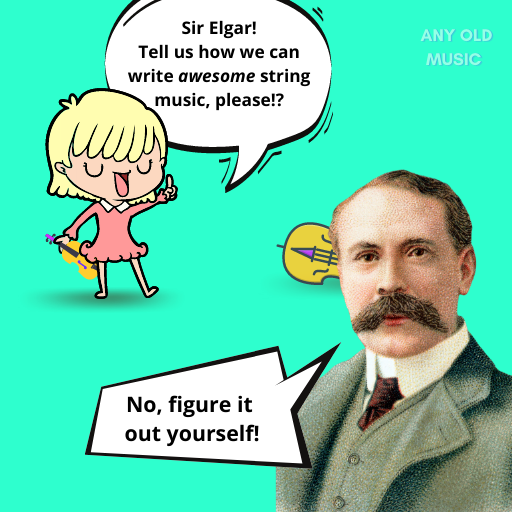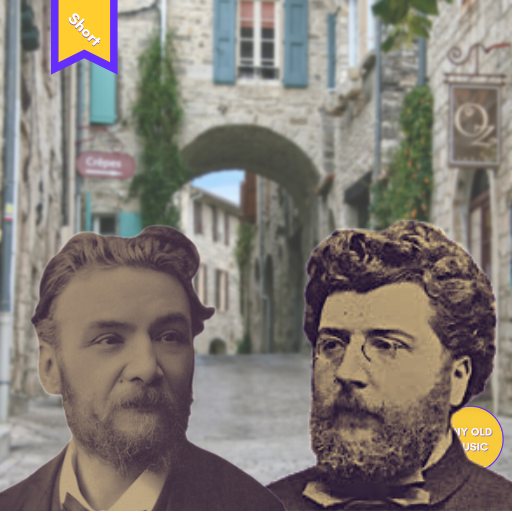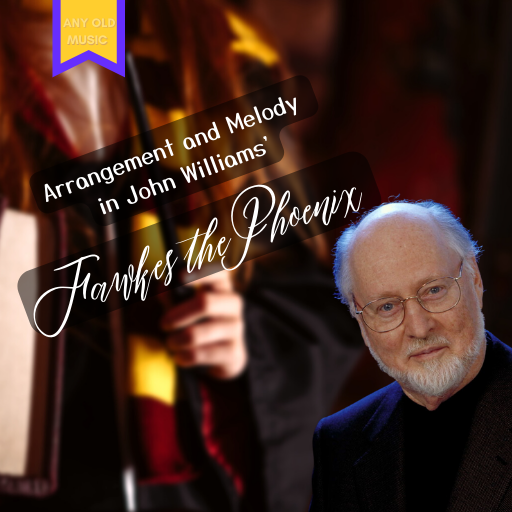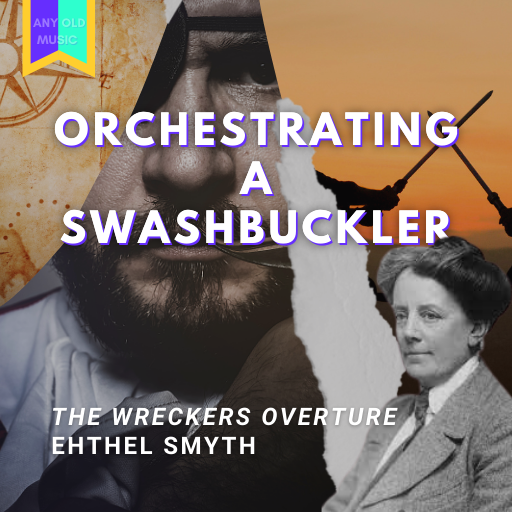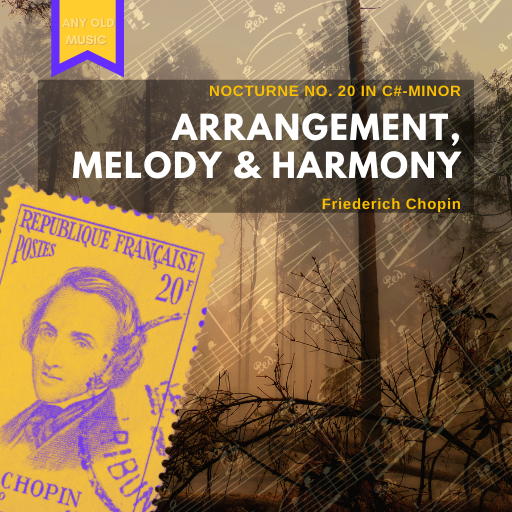Orchestrating a piece of music is a rewarding process that requires a combination of creativity, technical expertise, and practical skills. As an orchestrator, you are responsible for bringing a composer’s musical ideas to life, crafting the musical texture, and creating a compelling sonic landscape that engages and captivates the listener. To help you we have put together five tips for “how do I orchestrate a piece of music”. These are “choosing your instrumentation”, “understanding the role of each instrument”, “experimenting with different orchestrations”, “thinking about the listener/context/purpose” and “collaborating with performers”.
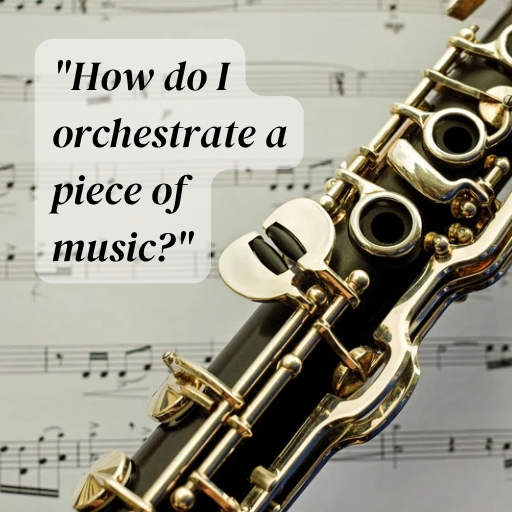
Choose your instrumentation
When it comes to orchestrating or composing music, it’s easy to overlook the importance of selecting the right instruments. However, choosing the right instrumentation can be an essential part of the process that helps provide structure and direction to your composition. When deciding, assuming you have a choice, you may want to consider things such as musical style, available instruments, budget and desired sound.
Musical Style
Music is a diverse art form with a wide range of styles and genres, and different musical styles often require different types of instruments to achieve the desired sound. For example, when composing a classical piece, it’s common to use instruments such as violins, cellos, and flutes to create a rich, orchestral sound.
On the other hand, when writing a rock piece, it’s common to use instruments such as electric guitars, bass guitars, and drums to create a powerful and energetic sound that drives the music forward.
Other musical styles may call for different types of instruments, such as brass and woodwind instruments for jazz, synthesizers and keyboards for electronic music, or traditional percussion instruments for world music.
By understanding the unique requirements of each musical style and selecting the appropriate instruments, you can create a composition that is true to the style and achieves the desired sound. The choice of instruments is an essential part of the creative process, and can significantly impact the overall impact and effectiveness of your music.
Available Instruments
When you are given a pool of instruments to choose from, such as for a commission or call for scores, it’s important to carefully consider how to use them. While you may have a large orchestra with a variety of instruments available, it’s not always necessary or practical to use all of them.
In fact, it’s essential to keep in mind the practical considerations of scoring for a large orchestra, including the potential financial implications. Scoring for a smaller orchestra or ensemble can be more cost-effective and may increase the likelihood of your music being accepted and programmed by other groups and orchestras.
Choosing a smaller ensemble may also offer creative opportunities by forcing you to be more selective and innovative in your orchestration. By limiting the number of instruments you use, you can focus more on creating a cohesive and impactful sound that showcases the unique qualities of each instrument.
Ultimately, the decision to score for a large or small ensemble depends on the specific context of your composition and the practical considerations of the commission or call for scores. By carefully considering your options and making informed decisions, you can create a compelling and effective composition that resonates with audiences and performers alike.
Budget
When it comes to orchestrating a piece of music, budget is an important consideration to keep in mind. Whether you’re working with your own money or a budget as part of a larger project, it’s essential to strike a balance between your musical vision and the available funds.
If you’re working with a limited budget, you may need to consider more affordable instruments or find creative ways to work with what you have. For example, you may need to use digital or sampled instruments in place of live performers, or reduce the size of your ensemble to make it more cost-effective.
It’s important to keep in mind that working with a limited budget doesn’t necessarily mean compromising on your artistic vision. With careful planning and consideration, you can still create a powerful and effective composition that achieves the desired sound and impact.
The key is to be realistic and practical in your approach to orchestrating a piece of music. By keeping your budget in mind and making informed decisions, you can create a composition that not only meets your artistic vision but also fits within the available resources.
Desired Sound
When it comes to orchestrating a piece of music, choosing the right instrumentation is crucial for achieving the desired sound that you or the composer you are working for needs. While the choice of instruments may be influenced by musical style, in certain situations, such as media or contemporary music, composers or orchestrators may have a specific sound or effect in mind that necessitates particular instrumentation.
For example, composers like Bernard Herrmann utilised creatively limiting yet highly specific instrument choices in their work for film, television, and radio to establish a desired sound world (and, probably, to suit the limitations of budgets too!). The use of synthesisers, electronic instruments, or even the limitation to only strings or woodwinds can impose artistic constraints that ultimately shape the resulting sound of the orchestration.
While there are no hard and fast rules to choosing instrumentation, it’s important to experiment and try out different combinations of instruments to achieve a desired sound. Additionally, imposing instrumentation on yourself as a creative tactic can be helpful in composing music that suits the instruments and achieves a unique and impactful sound (possibly one that you had not envisioned, but were pleased to stumble upon!).
The key is to keep your artistic vision in mind and be open to exploring different instrumentation choices to achieve your desired sound. By considering your options and making informed decisions, you can create a powerful and effective composition that resonates with audiences and performers alike.
Making Mozart Scary
The Art of Composing for String Quartet: A Guide for Beginners
Anatomy of the Orchestra by Norman Del Mar (Book Review)
“How do I orchestrate a piece of music?” (5-tips.)
Nocturne No. 19 in E-Minor, Op. 72 No. 1 (Analysis) – Friederich Chopin
Gilderoy Lockhart – John Williams (Impromptu Melodic Analysis)
The Lark Ascending (Music Composition Analysis) – Ralph Vaughan Williams (Article 1 – Lessons in Harmony)
How to repeat melodies without them getting boring… [Video]
5 ways of Understanding woodwinds
Arabesque No. 1 – Claude Debussy (Music Composition Analysis)
Spiegel im Spiegel – Arvo Pärt
Salut D’amour – Edward Elgar (Music Composition Technique Analysis)
Understand the role of each instrument
Understanding the role of each instrument is crucial to creating a well-balanced and effective orchestration. Before assigning parts to instruments, take the time to consider their unique capabilities and limitations.
One way to do this is to ask yourself how you can exploit each instrument’s strengths to fulfill a particular role in your composition. For example, if you’re looking to create a foregrounded, melodic role, you might want to choose an instrument that can produce a rich and expressive sound in the upper register. Conversely, if you’re looking for a more subdued, accompanimental role, you might consider an instrument that can produce a subtle, controlled sound in the lower register.
It’s also important to consider the interplay between instruments and how they can complement or contrast with each other. For example, if you’re writing for a string ensemble, you might want to think about how the different sections (violins, violas, cellos, etc.) can work together to create a cohesive sound.
Ultimately, the key to effective orchestration is to approach each instrument with a keen ear for its unique qualities and possibilities. By understanding the role of each instrument, you can create a rich and engaging orchestration that showcases the full range of the ensemble’s capabilities.
Salut D’amour – Edward Elgar (Music Composition Technique Analysis)
Creativity and Art (Book Recommendation)
The Sorcerer’s Apprentice – Paul Dukas (Music Composition Techniques Analysis)
Dives and Lazarus (RVW) – String Orchestration
“Walking Distance” (The Twilight Zone: S1, E5) – Bernard Herrmann – Part 2 – Composition Technique
George Frideric Handel – Overture from Music for the Royal Fireworks – Bitesize Music Composition Analysis
Making Mozart Scary
J. S. Bach – Badinerie (Orchestral Suite No. 2 in B-minor) (Bitesize Composition Analysis)
Sogno di Volare – Music Composition Techniques
Bizet’s Farandole (L’Arlesienne No.2): music composition techniques
How can you use Tintinnabuli to compose your own music?
Nocturne from Scénes de la Fôret – Mélanie Bonis
Experiment with different orchestrations (and possibly instrumentations)
Embrace the art of experimentation and try out various orchestrations to discover the perfect sound that resonates with your musical vision. You have the freedom to explore different instrument combinations, voicings, dynamics, and playing techniques to create a distinctive and captivating musical experience that truly stands out.
Different Instrument Combinations
Exploring various combinations and subsets of your instrumentation is key to achieving a unique sound. Don’t be afraid to mix and match different instruments in unconventional ways. You could even try choosing instruments arbitrarily or randomly, perhaps by flipping a coin to decide if you will include an instrument in your next orchestration sketch. While it may seem like an unusual approach, chance procedures can sometimes lead to unexpected and exciting discoveries that you might not have stumbled upon otherwise.
Experiment with voicing
Pitch and Register
Unlock new and exciting sounds in your music by experimenting with different voicings. By placing your music in different pitch ranges and registers of various instruments, you can add a unique touch to your compositions. For instance, the sound of a high flute is distinctly different from that of a low flute, just as a high cello sounds different from violins playing at the same pitch. Be sure to try out different combinations of instruments and voicings to create a truly distinctive and captivating musical experience.
Texture and Layers
Take your experimentation further by exploring textural changes in your compositions. This could involve altering the background layer or adding a middleground/counter-melody to create a more intricate and layered sound. Use different registers of your instruments and articulations to help differentiate between the layers, and consider how short or long notes could create contrast between different sections. For example, a short note accompaniment idea in the strings could provide greater contrast against a long note melody in the woodwinds. By playing around with different textural ideas, you can create a more dynamic and engaging musical experience.
Spacing
Don’t forget to play around with spacing as you experiment with voicing in your compositions. Consider filling in the gaps between melodies by adding harmony notes in your orchestration. For instance, you could try using horns to create a harmonic pad and see how it enhances the overall sound. Alternatively, try creating more space between the layers in your texture to create a more stripped-down and spacious sound. Experimenting with spacing can give you a fresh perspective on your compositions and help you achieve a more balanced and refined musical experience.
Experiment with Dynamics
Experimenting with dynamics is another great way to add depth and dimension to your orchestration, and to help create new alternate orchestrations. Play around with different volume levels, crescendos, and diminuendos to create a more expressive and dynamic sound. Perhaps you have created a version that is lightly scored and delicate in dynamic level. What happens if you rethink the material as a heavily scored idea, with many instruments, but still at a delicate dynamic level such as pianissimo? Alternatively, you could try creating a loud passage with either few or many instruments to see how it affects the overall sound. Consider the impact of having one section playing louder than the others, or how the timbre changes as a section gradually increases or decreases in volume. You could also experiment with sudden changes in volume or unexpected accents to create tension and drama. By exploring the full range of dynamic possibilities, you can add a new layer of emotional intensity to your compositions.
Nocturne from Scénes de la Fôret – Mélanie Bonis
Bernard Herrmann “The Merry-go-round” from “Walking Distance” (Bitesize Music Composition Analysis)
Introduction and Allegro for Strings (Edward Elgar) – String Orchestration
Troika from Lieutenant Kijé (suite) (1934) – Sergei Prokofiev
Bizet – Guiraud – Farandole from L’Arlesienne Suite No. 2 (Bitesize Composition Analysis)
Salut D’amour – Edward Elgar (Music Composition Technique Analysis)
George Frideric Handel – Overture from Music for the Royal Fireworks – Bitesize Music Composition Analysis
Creativity and Art (Book Recommendation)
3 lessons from arranging London Bridge for orchestra
Bizet’s Farandole (L’Arlesienne No.2): music composition techniques
Frédéric Chopin – Nocturne No. 1 Op. 9 – Developing Melody – Bitesize Composition Analysis
Nocturne No. 19 in E-Minor, Op. 72 No. 1 (Analysis) – Friederich Chopin
Think about the listener/context/purpose
When it comes to orchestrating a piece of music, it’s important to keep in mind who your audience is, the context in which the music will be heard, and the purpose of the music itself. By doing so, you can create a piece that not only showcases your musical talent but also resonates with your listeners.
The listener
First and foremost, think about your listener. Who are they? What kind of music do they enjoy? What emotions do you want them to feel while listening to your piece? These are important questions to consider because the answers will guide your choices when it comes to selecting instruments, dynamics, and musical textures etc. For example, if you’re writing a piece for a classical music audience, you may choose to incorporate a lot of string and woodwind instruments, whereas if you’re writing for a pop music audience, you may want to feature more electronic instruments. Similarly, the dynamic range of a classical piece, from tiny pianisimos to grand fortissimos, are not uncommon, wheras in pop music the dynamic range is more intertwined with musical texture.
The context
Secondly, or ideally simultaneously, consider the context in which your piece will be heard. Is it being played at a concert hall or in a movie theater? Will it be performed live or recorded? Is it in a videogame? The context of your piece will influence the way you orchestrate it. For instance, if you’re writing music for a movie scene, you may want to focus on creating a specific mood or atmosphere that complements the visuals on the screen. Whereas composing for video-game could have implications on linearity and how the orchestrations of different cues connect.
The purpose
Finally, think about the purpose of your piece. What message or story do you want to convey? What are you trying to achieve with this piece? Your purpose will help you determine the overall structure of your piece as well as the specific musical elements you include. For example, if you’re trying to evoke a sense of nostalgia in your listeners, you may choose to set the music simply, with a straightforward texture that elevates the melody and block chord, but richly voiced harmony.
By keeping these three factors in mind – the listener, context, and purpose – you can create an orchestration that is both technically impressive and emotionally impactful. Being an orchestrator is sort of like being a marketer. The composer, who may also be you, may have invented some fantastic music, but now you need to make sure the audience it is for, and the space it will be heard in, can comprehend it and enjoy it.
Aaron Copland – “Simple Gifts” (Appalachian Spring / Ballet for Martha) – Bitesize Music Composition Analysis
Für Alina – Composition Techniques
Sogno di Volare – Music Composition Techniques
George Frideric Handel – Overture from Music for the Royal Fireworks – Bitesize Music Composition Analysis
The Flag Parade – Music Composition Techniques
“Walking Distance” (The Twilight Zone: S1, E5) – Bernard Herrmann – Part 2 – Composition Technique
How to repeat melodies without them getting boring… [Video]
Fawkes the Phoenix – John Williams (Music Composition Analysis – Arrangement, melody and melodic development)
5 Music Books I would Take into Exile
Spiegel im Spiegel – Arvo Pärt
Wolfgang Amadeus Mozart – K. 304, K. 448 & k. 550: varying repetitions – bitesize Composition analysis
Orchestrating a Swashbuckler: The Wreckers Overture (Ethel Smyth)
Collaborate with performers
Collaborating with performers is an essential aspect of orchestration that can elevate your music to new heights. By working closely with performers, you can refine your orchestration and learn more about the capabilities and limitations of each instrument.
Some ways to collaborate with performers include:
- Taking advantage of their feedback: performers are experts in their instruments and can provide valuable insights and suggestions to help you improve your orchestration.
- Tailoring your orchestration to their playing style: each performer has a unique playing style, and by understanding and incorporating their preferences, you can create a more cohesive and expressive sound.
- Communicating effectively throughout the process: clear and open communication is key to a successful collaboration. Make sure to listen to their concerns and ideas, and provide feedback in a constructive and respectful way.
Collaborating with performers is not only beneficial for the current piece you are working on, but it is also a valuable learning experience for your future work. By working with performers, you can gain a deeper understanding of each instrument’s capabilities and limitations, as well as how different musical elements interact with each other.
Moreover, collaborating with performers can also help you refine your communication and collaboration skills, which are essential for any successful musical project. By learning how to effectively communicate with performers, listen to their feedback, and incorporate their suggestions into your work, you can build stronger relationships with musicians and create more impactful and memorable music.
Overall, collaborating with performers is an important aspect of orchestration that can enhance your music and help you grow as an orchestrator.
Close
Orchestration is a complex and nuanced art form that requires a combination of technical skill and artistic intuition. While there are some basic principles and guidelines to follow, there is no one-size-fits-all approach to orchestration. Each composer must develop their own unique voice and style, using their creativity and musical intuition to create works that reflect their artistic vision.
Throughout the orchestration process, it’s important to remain flexible and open to new ideas and approaches. Experiment with different instrument combinations and textures, and don’t be afraid to take risks and try new things. Remember that orchestration is a collaborative process, and working with composers, other orchestrators, performers and other musicians can offer valuable insights and feedback that can help you refine and improve your work.
Above all, remember that orchestration is ultimately about expressing yourself through music. Whether you’re composing for a large symphony orchestra or a small chamber ensemble, the goal is to create a unique and expressive musical work that resonates with listeners and reflects your personal artistic vision. By approaching orchestration with an open mind and a willingness to learn and grow, you can create truly transformative musical experiences that connect with audiences on a deep and meaningful level.

